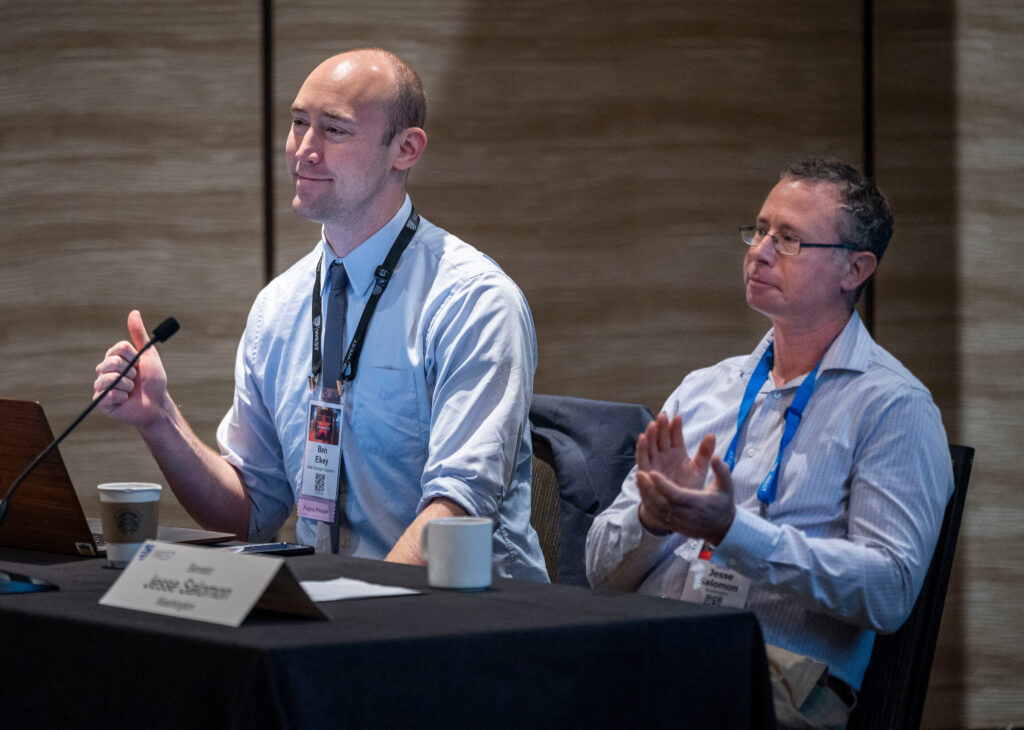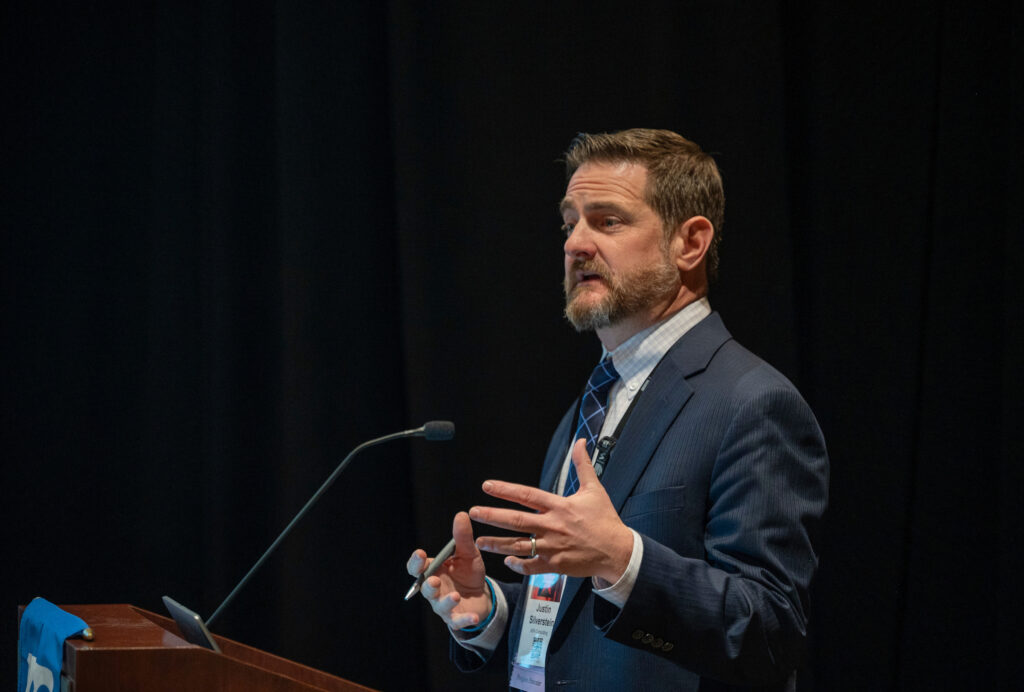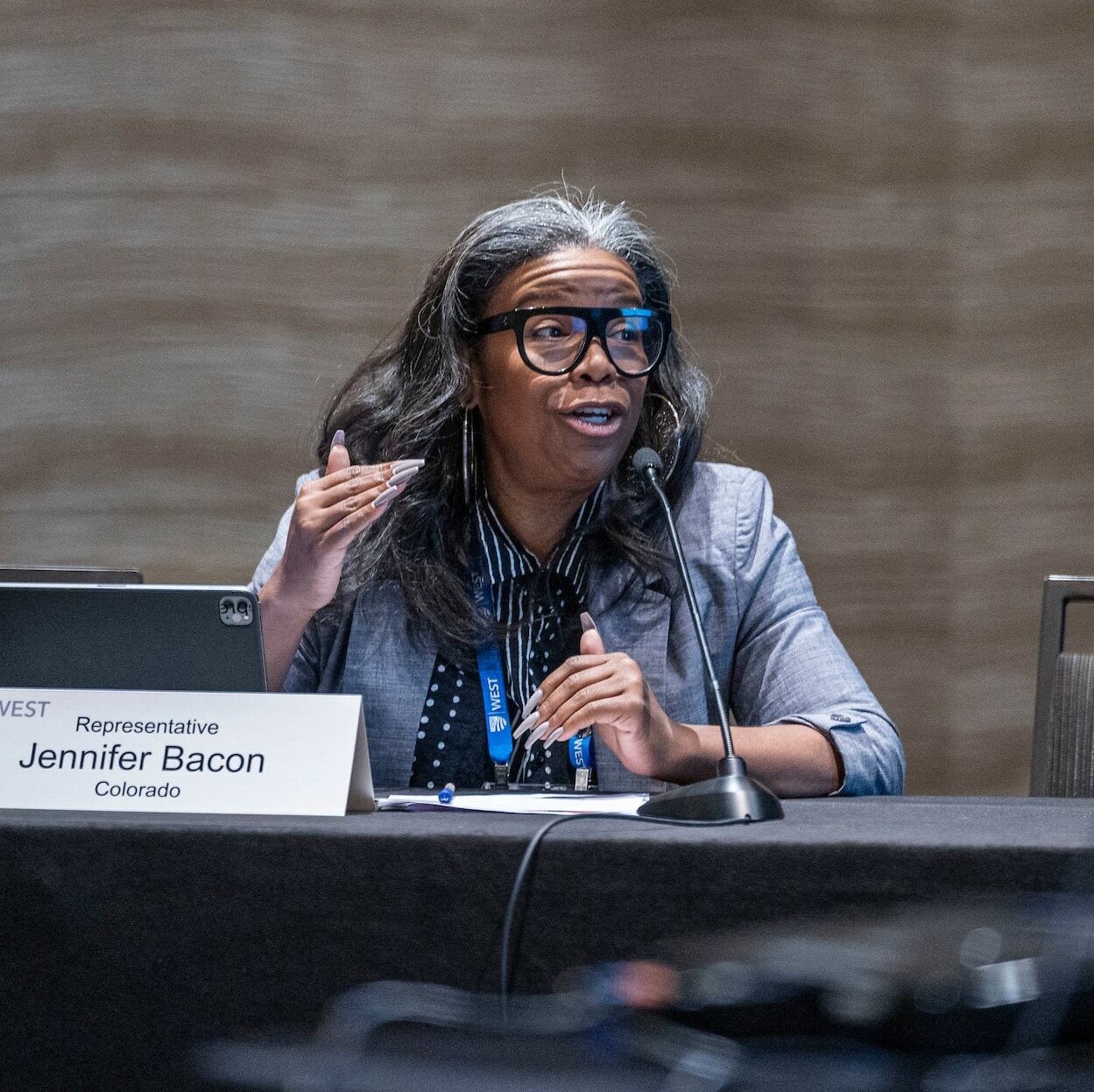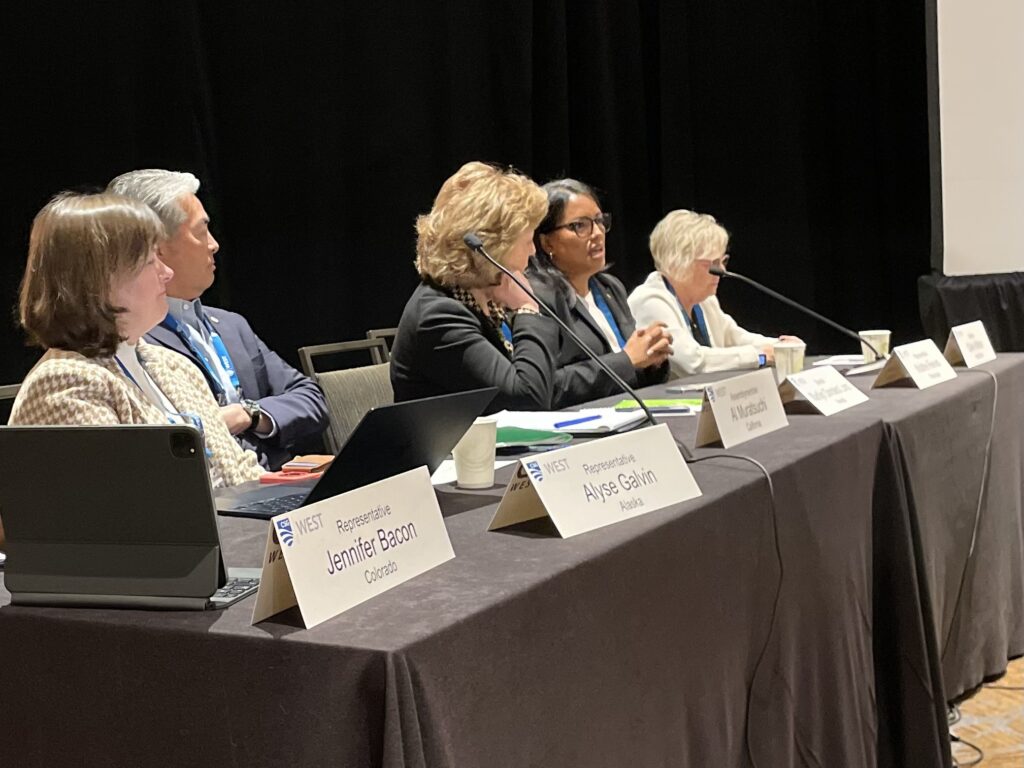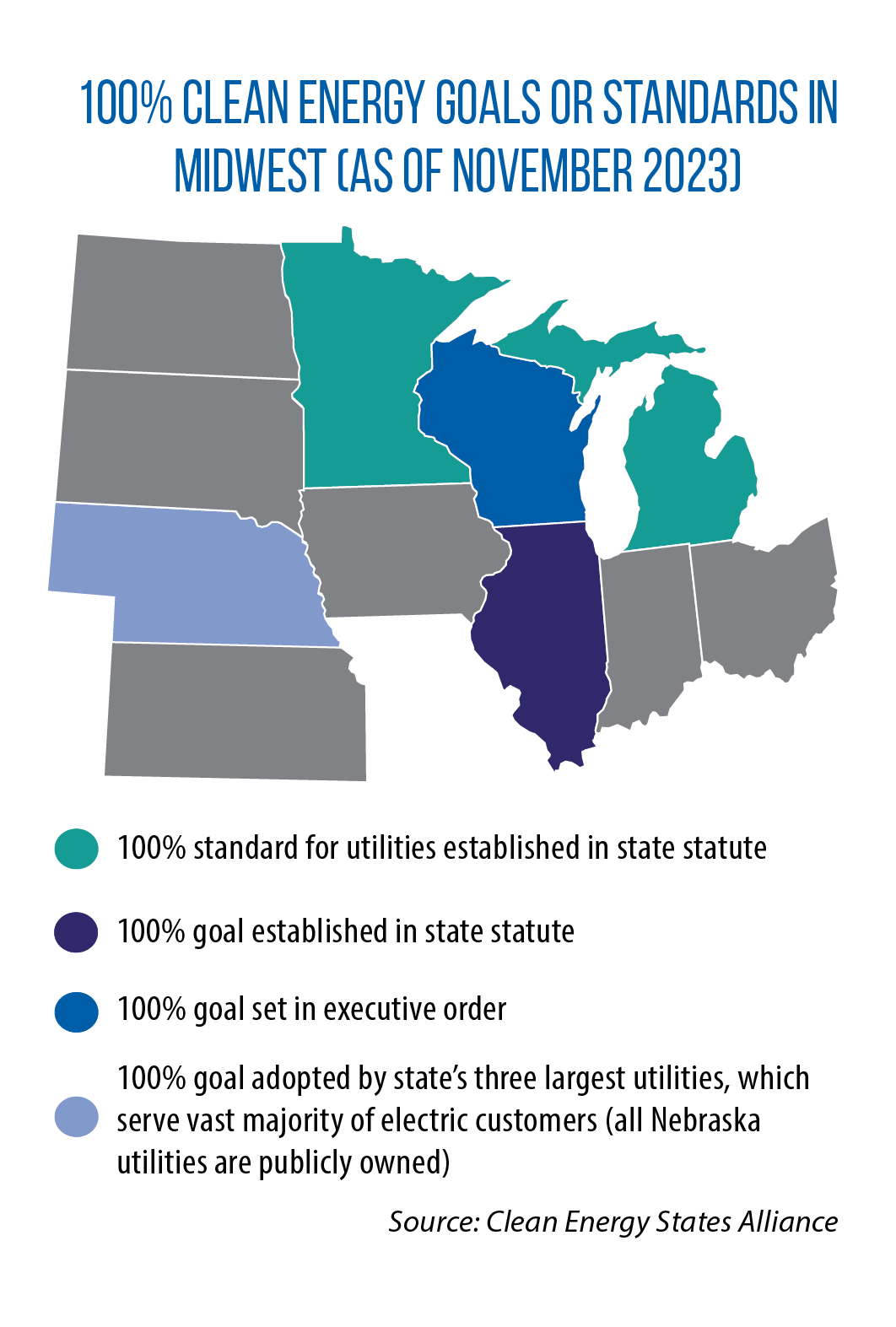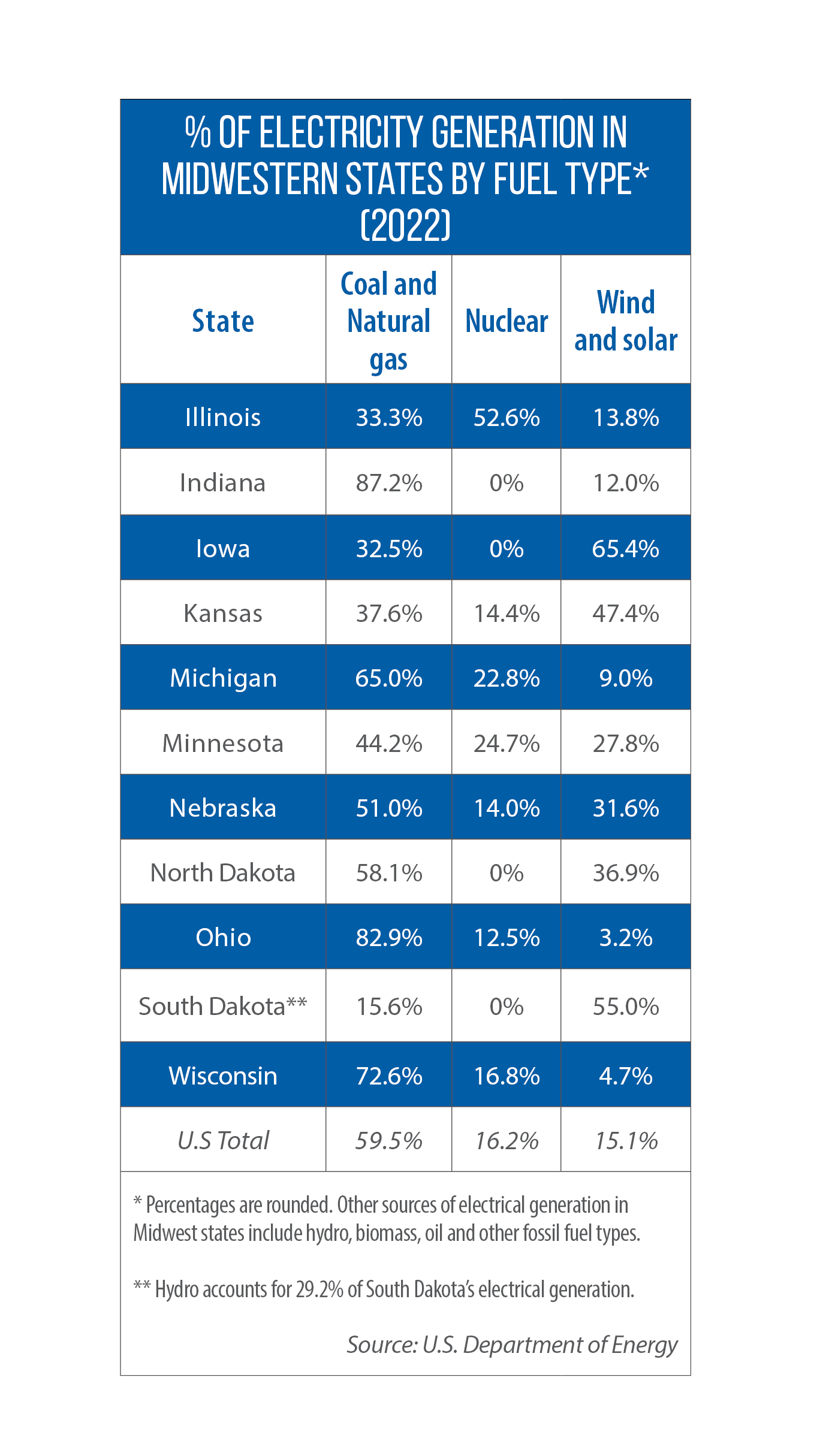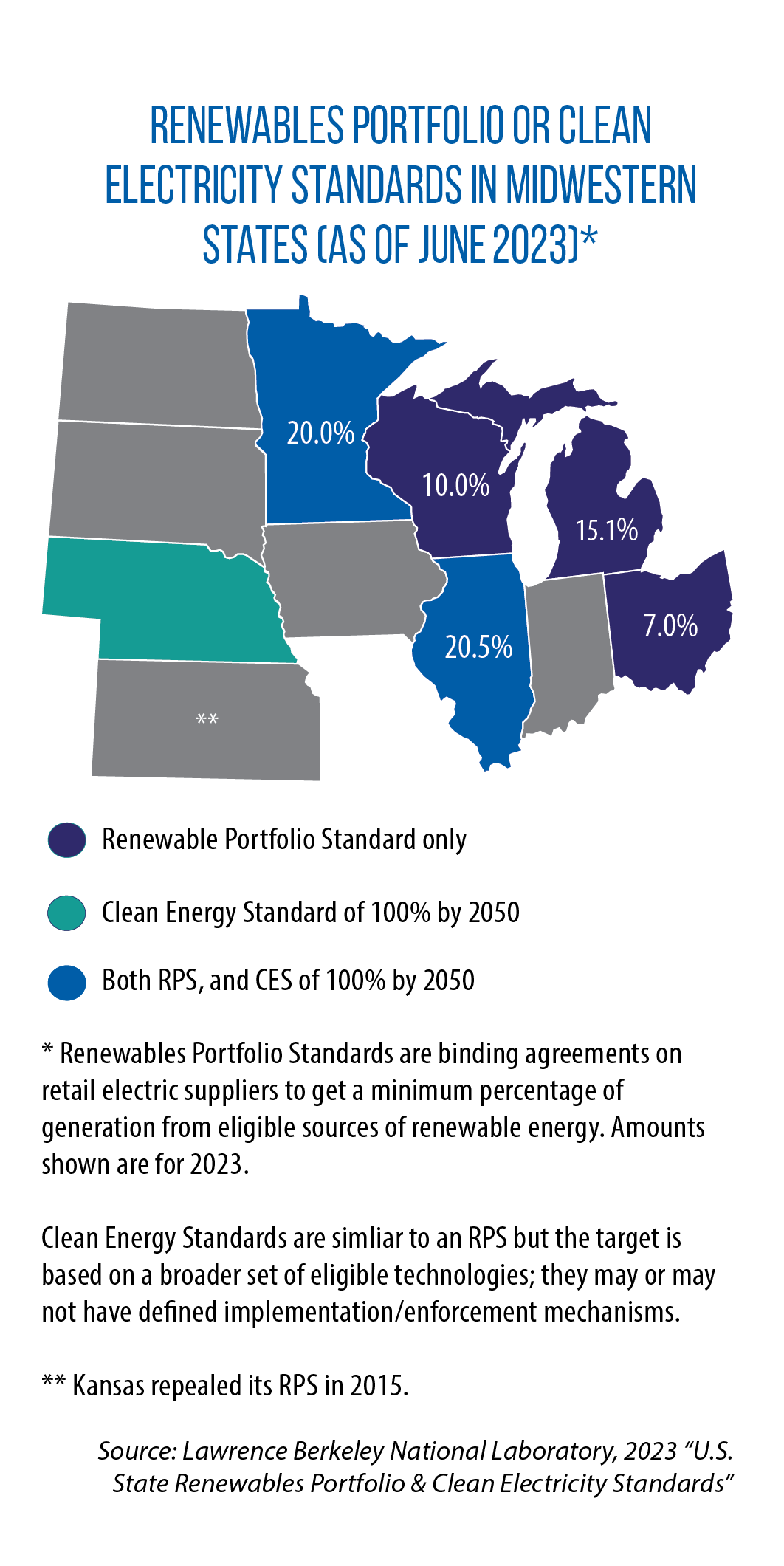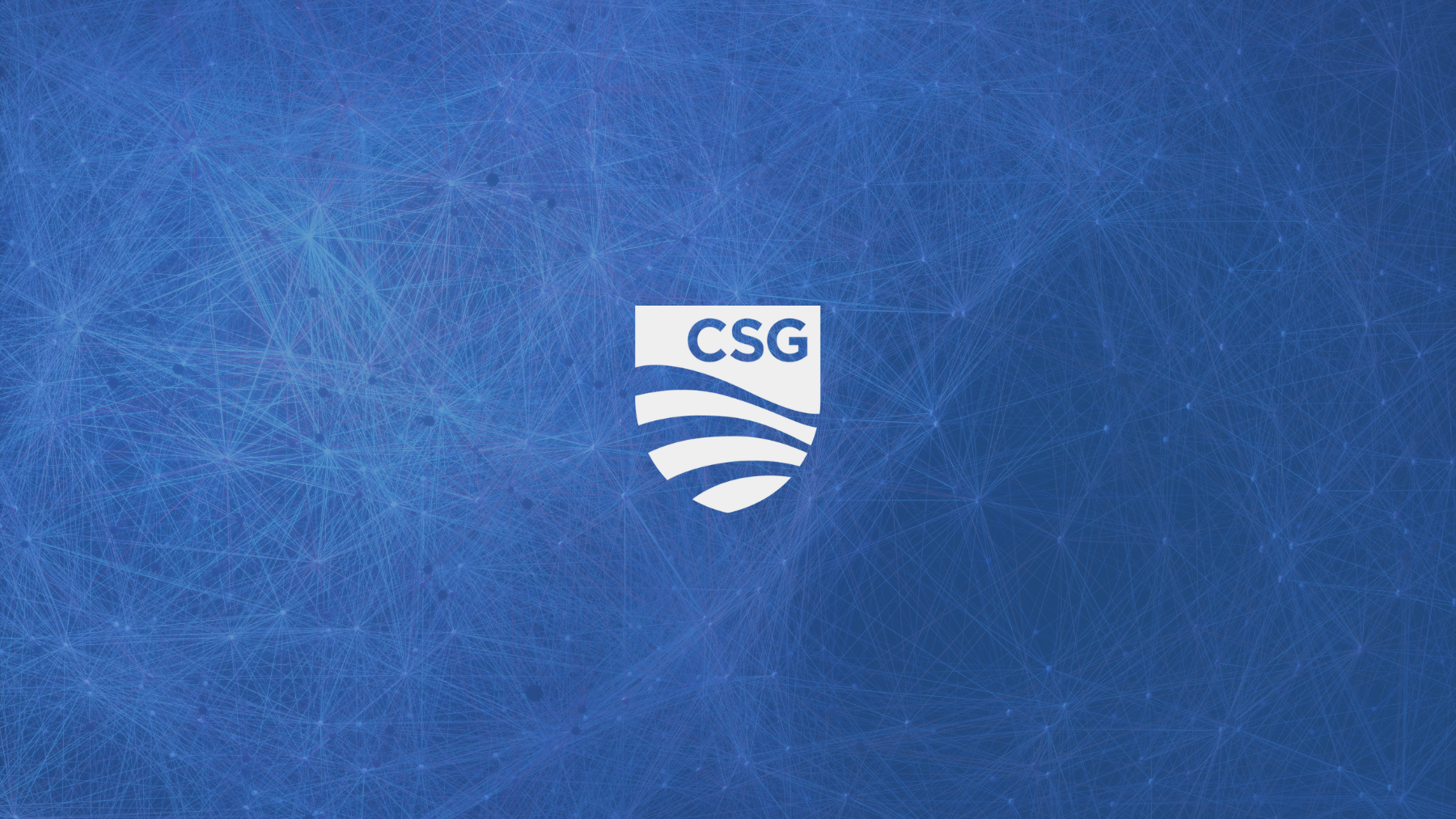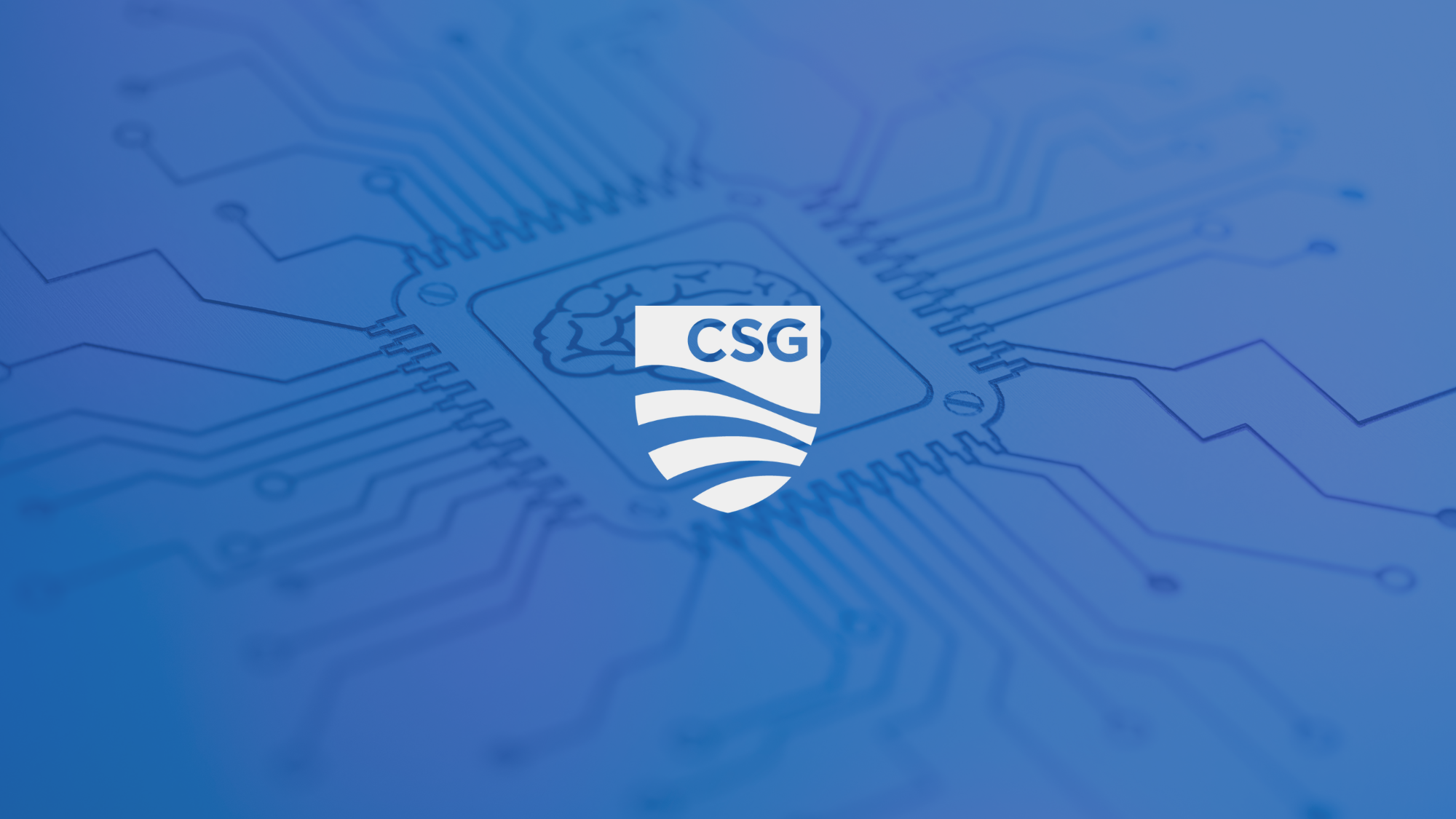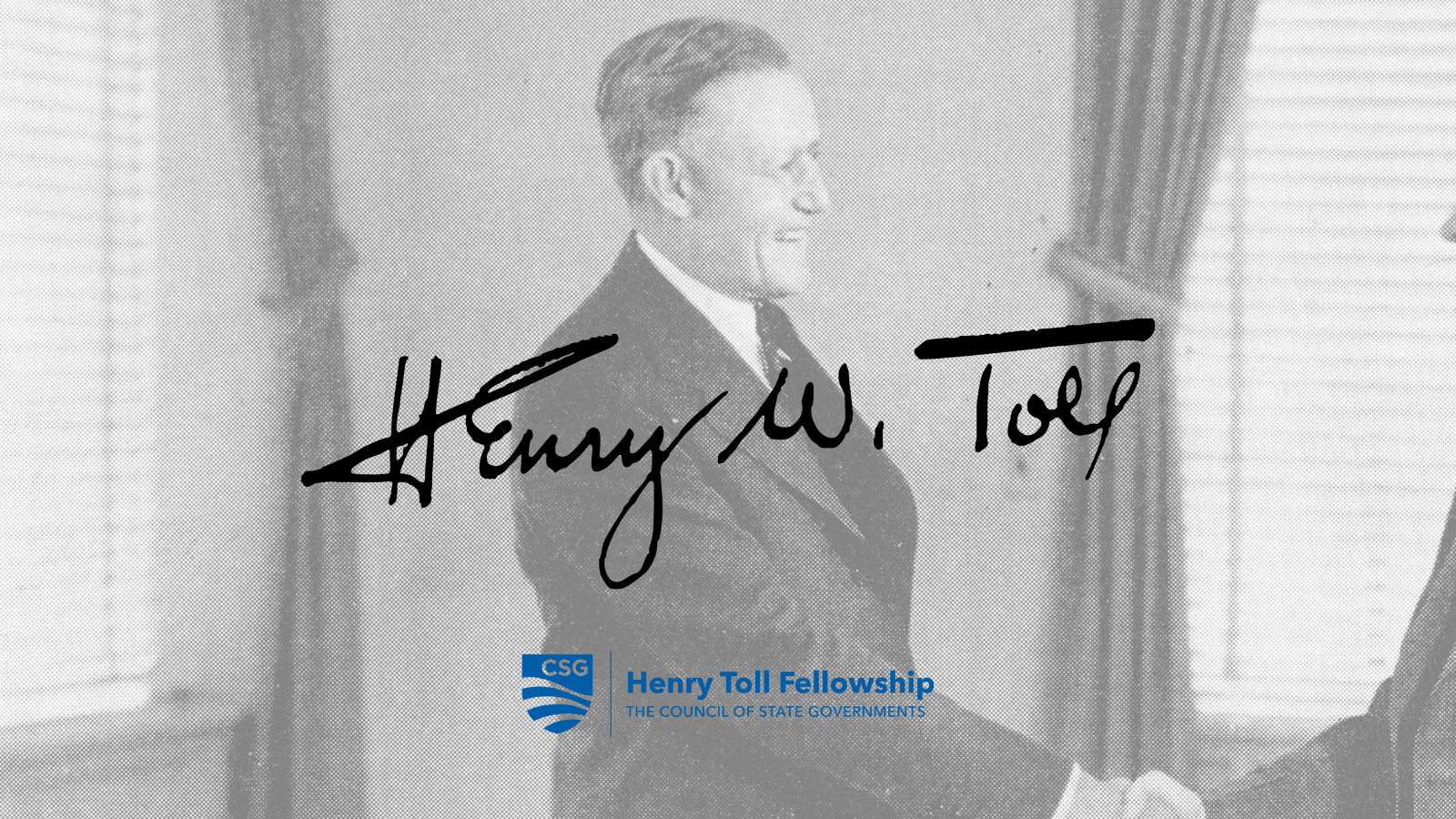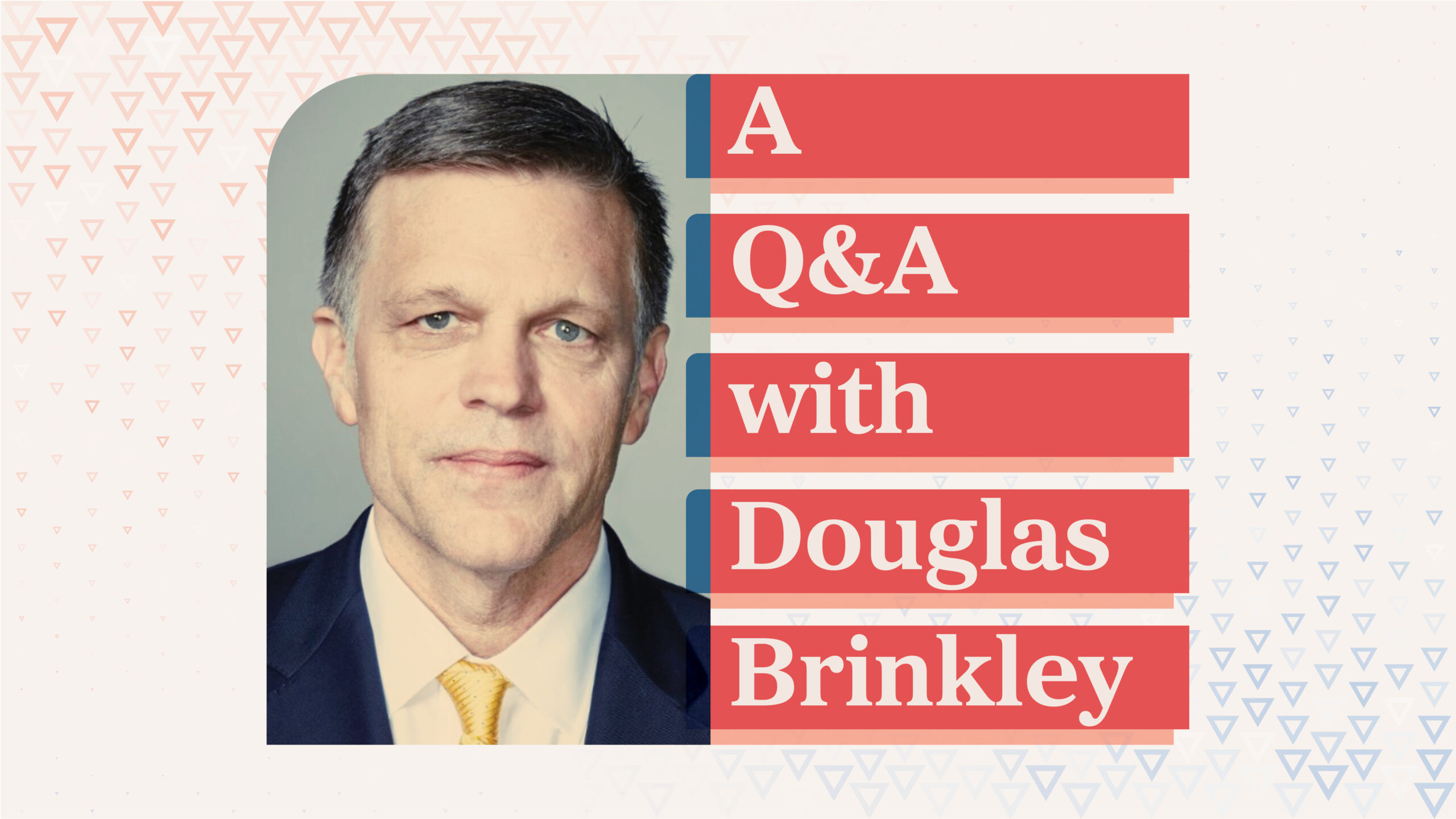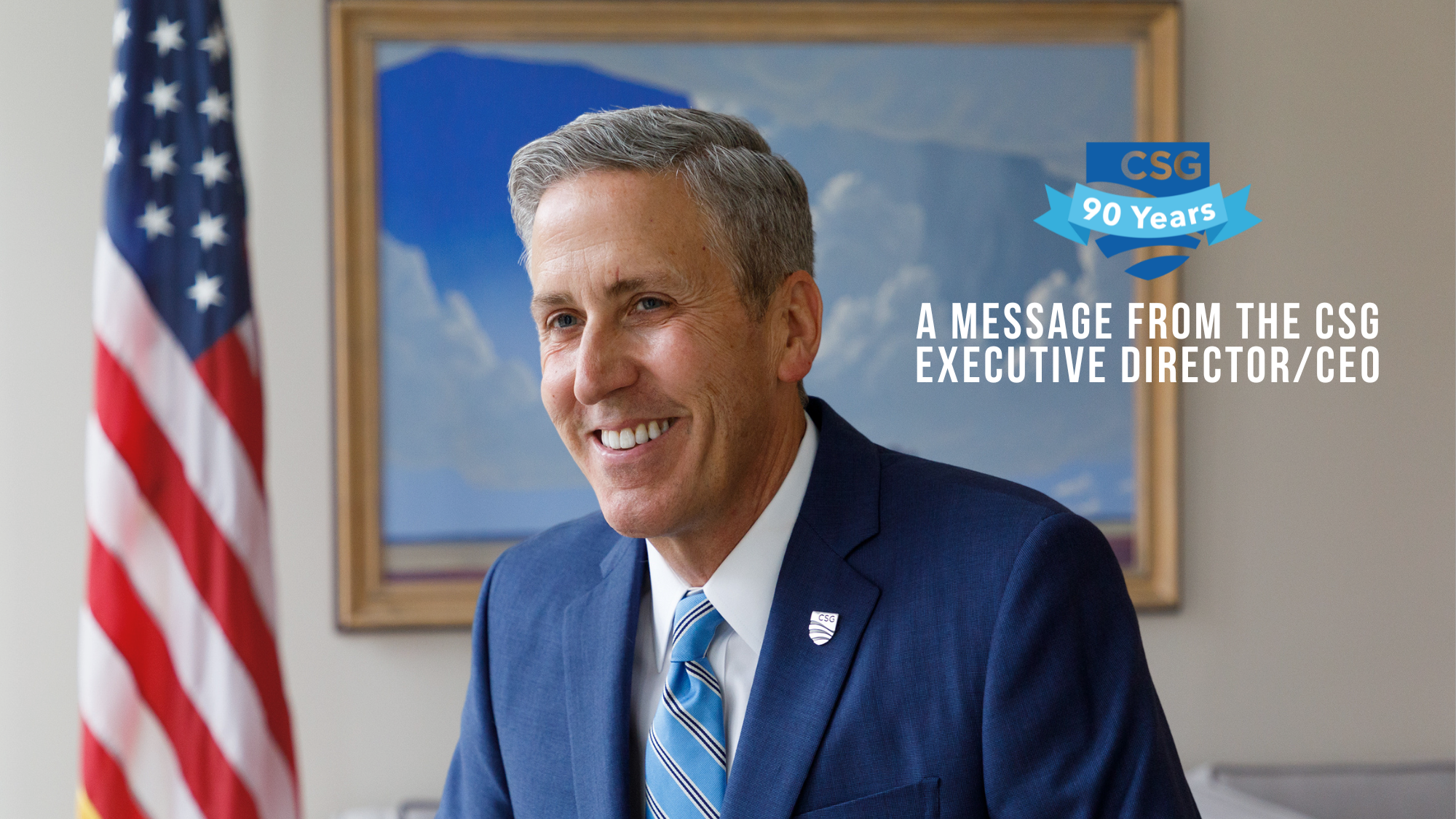Westrends Board Recap:
Co-Chairs, New Mexico Senator Liz Stefanics and Wyoming Representative Landon Brown would like to thank Hawaii Senator Lynn DeCoite and Montana Senator Mike Cuffe, who both agreed to introduce the speakers and facilitate the discussion on this very important topic, and to recognize and thank the speakers below who brought their expertise to share and especially Alaska Representative Sara Hannan, one of the committee’s members, who kindly agreed to co-facilitate the session with MLA Hunter.
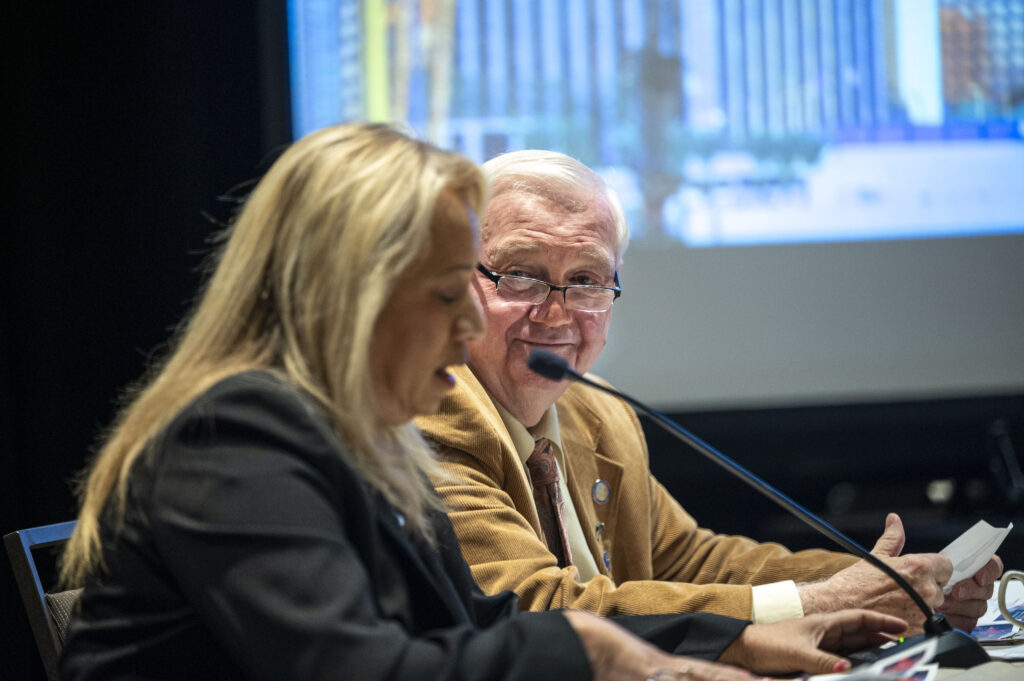
A growing number of utilities join Regional Transmission Organizations (RTOs) for better planning
Rikki Seguin, Executive Director of Interwest Energy Alliance, explained that a Regional Transmission Organization (RTO) is an electric power transmission operator that coordinates, controls, and monitors a regional electric grid and is a critical tool for planning transmission. Seven RTOs and Independent System Operators (ISOs) nationwide cover two-thirds of the electricity consumed. Though states must maintain grid reliability and keep costs low, there is a need for more renewables and transmission lines, given that 80% of energy use in the West aligns with state-driven decarbonization policies.
Regulatory proceedings and state mandates in Western states are advancing progress toward RTOs. Colorado and Nevada have passed legislation signed by their Governors requiring utilities to join an RTO by 2030.
Suitable RTO structures are needed to enable grid reliability
Vijay Satyal, Deputy Director of Regional Markets at Western Resource Advocates, worked in both Virginia and Oregon, first as Virginia’s Department of Environmental Quality’s first policy economist and later as a senior policy analyst at the Oregon Department of Energy, where he advised the Governor’s Office on renewable energy and emerging grid technologies. Independence is one of the critical components Vijay highlighted; an independent and transparent board is pivotal for utilities to join. A model that is not profit-minded so costs can remain low and that creates consistent rules of the game for market operations. Investments in transmission and future needs are also necessary.
“A board that is independent and transparent is pivotal for utilities to join.”
Vijay Satyal, Deputy Director of Regional Markets, Western Resource Advocates
The Western Electricity Coordinating Council (WECC) provides resource-neutral grid reliability across the western region
Kris Raper is Vice President of Strategic Engagement & External Affairs; she coordinates and oversees engagement with the resource-neutral Western Electricity Coordinating Council (WECC’s) strategic partners and stakeholders. Her background as commissioner for the Idaho Public Utilities Commission and as one of two Western representatives on the Federal Energy Regulatory Commission (FERC) gives her a unique perspective.
Kris recalled the 2003 Northeast blackout that extended to the Midwestern United States and most parts of the Canadian province of Ontario in August. While this should have been a manageable situation, it was not due to an inability to redistribute energy loads. The Energy Policy Act in 2005 directly resulted from this event as the need to ensure reliability and transmission became priorities. WECC is a non-profit corporation that FERC has approved as the Regional Entity for the Western Interconnection, which includes 14 Western States, 2 Canadian Provinces, and Northern Baja California. She, too, agrees that governance is central to how RTOs operate.
The post Powering the West Through a Reliable Energy Grid appeared first on CSG West.



